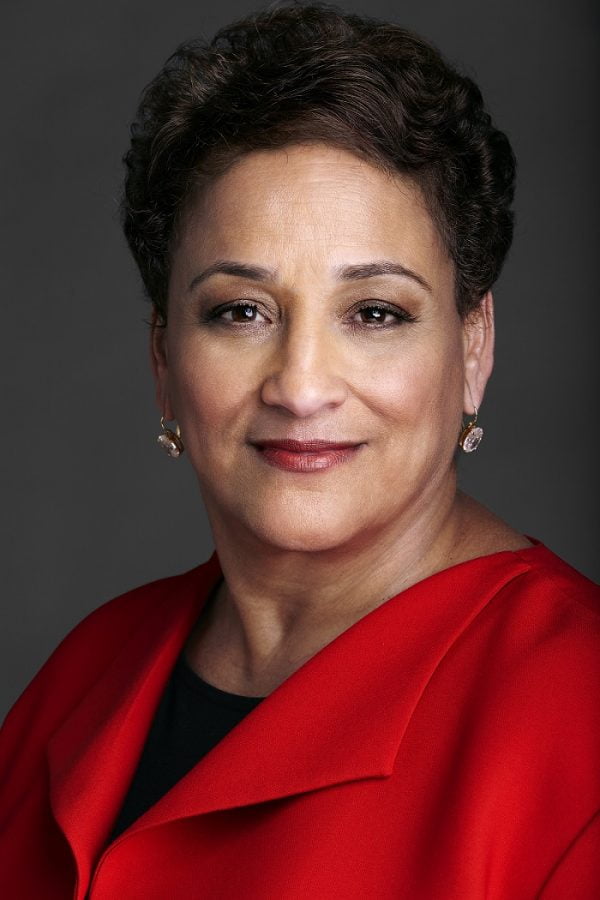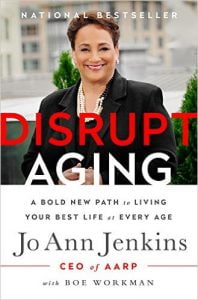We’ve all seen ads on TV and in magazines: « Fifty is the new thirty » or « Sixty is the new forty. » Although that may sound like a nice sentiment, as someone over fifty, I don’t agree at all. Fifty is the new fifty – And I, for one, like the looks of it.
Extract of “Disrupt Aging”, a book written by Jo Ann Jenkins, CEO, AARP, USA
“Let’s own our age and make the most of it”
 I’ve benefitted immensely from the experiences and wisdom these years have brought me, and I wouldn’t trade them for anything. […] I feel good about where I am in life, and I bet you do, too. So instead of just accepting and perpetuating the stereotypes or apologizing for our age – or denying it- let’s own our age and make the most of it, shall we?
I’ve benefitted immensely from the experiences and wisdom these years have brought me, and I wouldn’t trade them for anything. […] I feel good about where I am in life, and I bet you do, too. So instead of just accepting and perpetuating the stereotypes or apologizing for our age – or denying it- let’s own our age and make the most of it, shall we?
Make no mistake about it: America is aging
This is the transformational issue of our time. Its impact on the economy, jobs, education, culture and communities is pervasive. Just as the birth of the baby boom generation redefined American life in the 1950s, ‘60s, and ‘70s, the aging of the boomers will reshape the way we live and work in the 2010s, ‘20s, ‘30s.
Corporations, entrepreneurs, and small businesses are finally beginning to view the aging population as an opportunity – a growing market for goods and services, a pool of untapped talent and resources, and a driving force behind economic and social innovation – instead of an unaffordable cost and financial burden.
 Instead of merely accepting a gradual decline as inevitable, we began to focus on how to delay that decline through prevention, lifestyle changes, and health improvements aimed at pushing back the onset of morbidity. As a result, most people today live longer and better than ever.
Instead of merely accepting a gradual decline as inevitable, we began to focus on how to delay that decline through prevention, lifestyle changes, and health improvements aimed at pushing back the onset of morbidity. As a result, most people today live longer and better than ever.
Yet, many of our outdated beliefs and attitudes about aging have not changed. In fact, ageism is one of the last frontiers of discrimination. We don’t accept discrimination for race, gender, sexual preference, or financial status, but we allow ageist thinking to go on for people fifty and older. When are we going to stop that?
Part of disrupting aging is fighting through these barriers, changing institutions that get in our way, and innovating new solutions so we can choose the way we want to live and age.
Disrupting aging is not just about people fifty and older; it affects people of all generations
I truly believe that age and experience can expand life’s possibilities for every member of society. When we disrupt aging and embrace it as something to look forward to instead of something to fear, we can begin to discover our real possibilities for becoming the person we always wanted to be and build a society where all people are valued for who they are, not judged by how old they are.
Published by the Editorial Staff on
